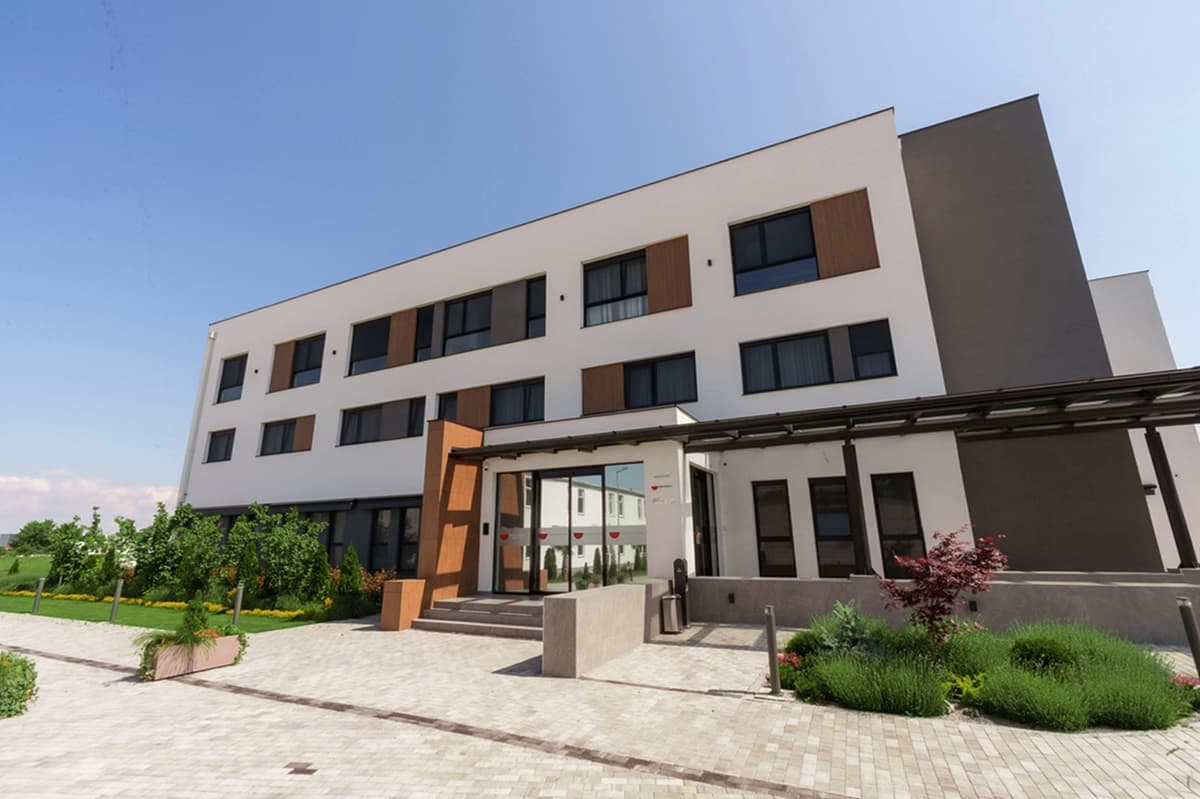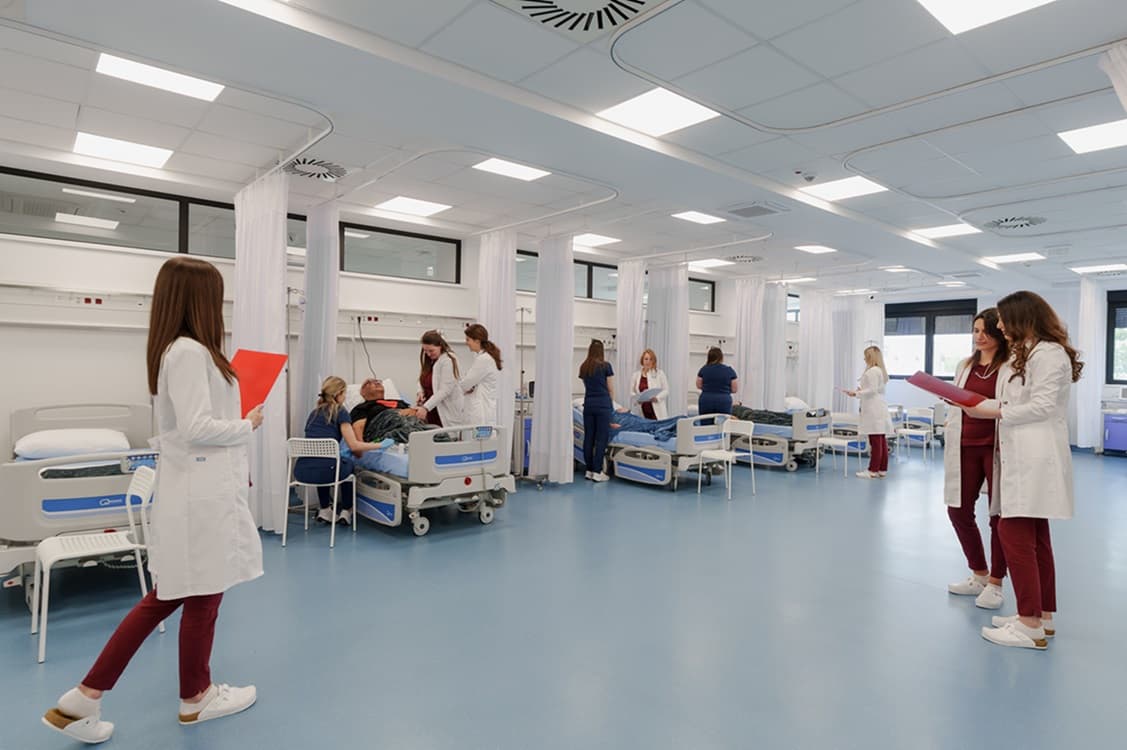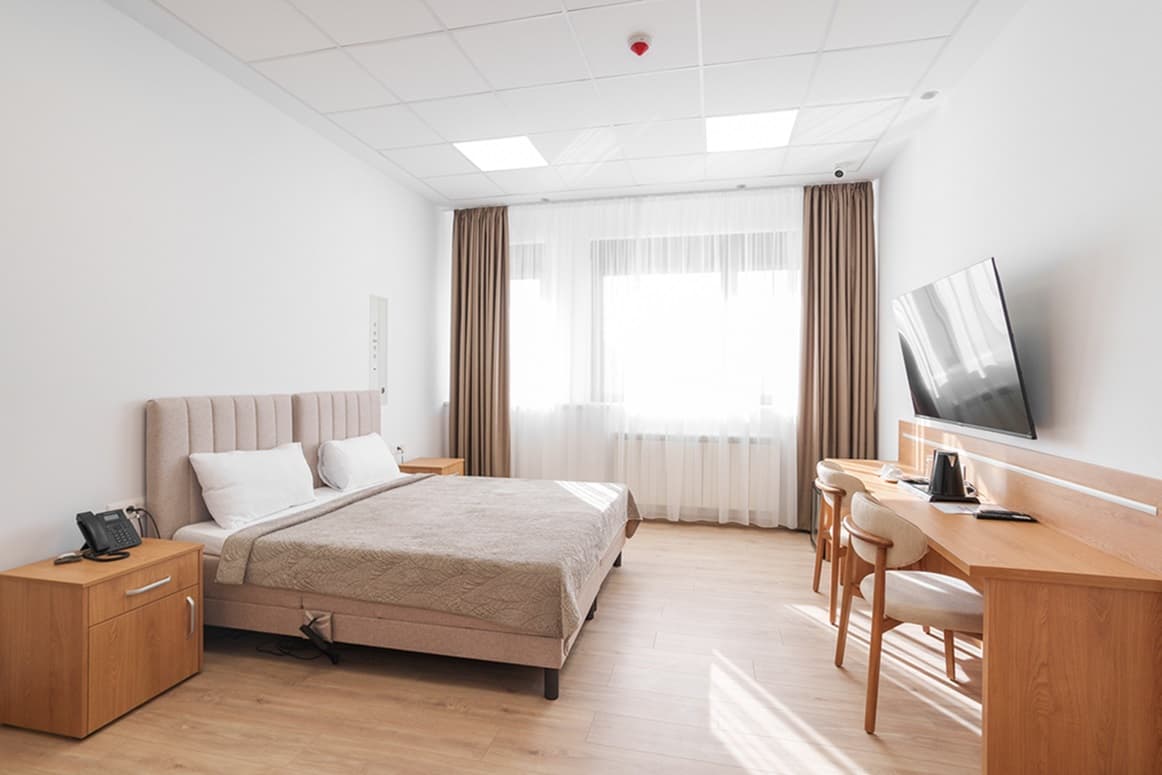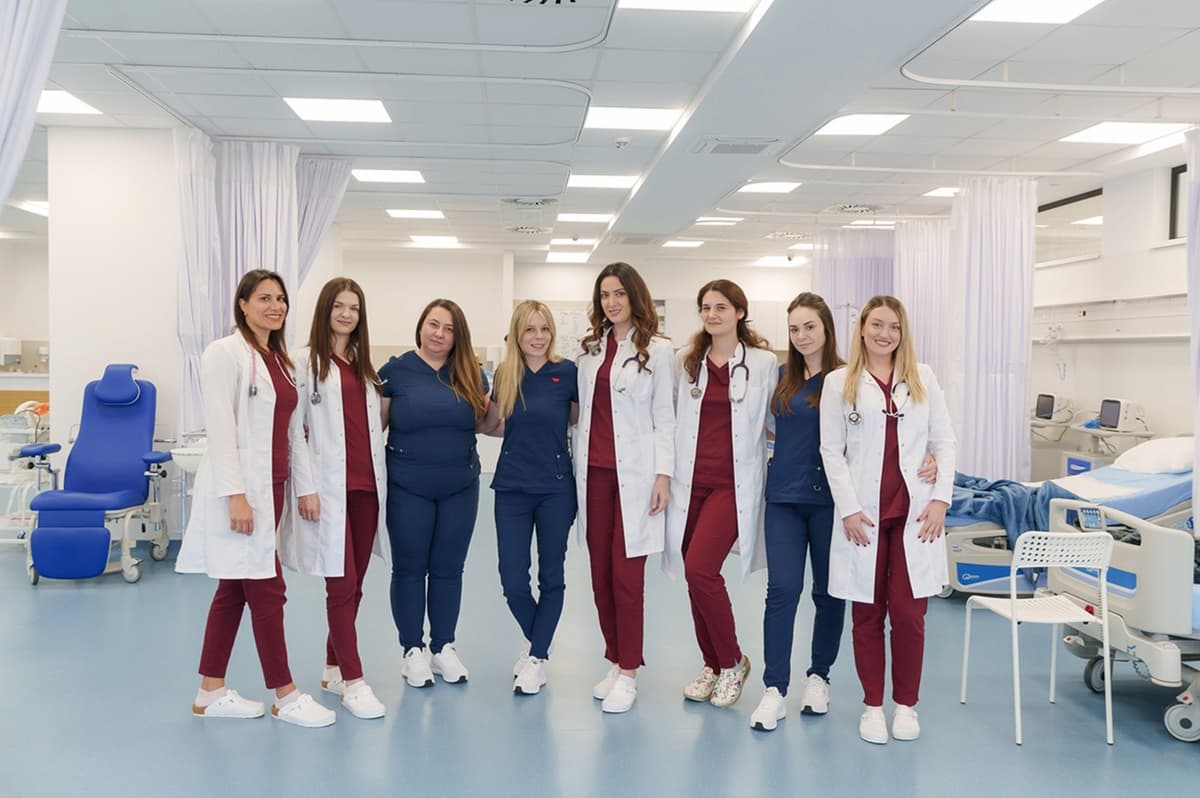Stem cell therapy stands at the forefront of regenerative medicine and is advancing rapidly. However, as with many innovative treatments, widespread approval takes time. Even though European countries have launched long-term clinical trials for a variety of conditions, and there is evidence of stem cell safety and effectiveness, these procedures are still far from being part of routine medical practice. Stem cell therapy in the Netherlands, as in many other European countries, remains strictly regulated.
In this article, we’ll explain the European and Dutch regulations, outline what is permitted in the Netherlands, and explore why many patients seek treatment abroad.
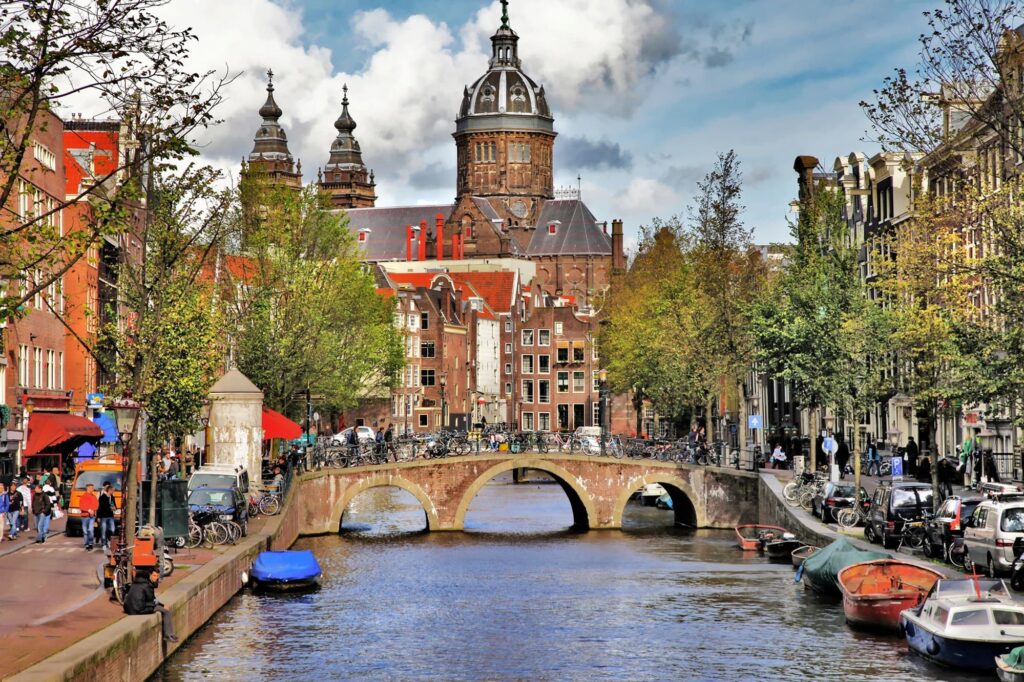
Is Stem Cell Therapy Legal in Europe?
Stem cell treatments in Europe are technically legal, but access is very limited. Stem cell regulations in the European Union (EU) allow only a few uses to be fully approved—mainly bone marrow (hematopoietic) stem cell transplants for blood cancers—while most other treatments are confined to clinical trials.
In practice, this means patients cannot freely obtain stem cell injections for conditions like autism, diabetes, or orthopedic injuries unless they are part of an approved research study.
Why the Netherlands Is on the Stem Cell Map
Stem cell therapies in the Netherlands are considered experimental, which means they must be strictly regulated. Despite the strict rules, the Netherlands holds a notable place on the stem cell map due to its strong research culture. The country plays an important role in global scientific progress.
Netherlands as a Research Hub
The Netherlands is more of a research hub rather than a treatment destination. Many innovative procedures happen here under the umbrella of clinical trials and hospital research programs. The government tightly regulates any stem cell research in the Netherlands through bodies like the Central Committee on Research Involving Human Subjects (CCMO) and the Health Inspectorate (IGJ).
At the same time, stem cell therapies in Amsterdam and other cities are done as routine transplants for established indications. For example, hematopoietic stem cell transplantation (HSCT)—also known as bone marrow transplant—therapies for diseases like leukemia and lymphoma, performed in top centers such as university hospitals and the Dutch Cancer Institute.
What Is Permitted and Prohibited
Here’s a summary of permitted and prohibited stem cell therapies in Amsterdam and other cities of the country.
| ✅ Permitted Uses (Legal) | ❌ Not Permitted (Banned/Restricted) |
| Hematopoietic stem cell transplantation (HSCT): Routine “bone marrow/blood stem cell transplants” for leukemia, lymphoma, multiple myeloma, aplastic anemia, and some immune deficiencies. Done only in licensed hospitals. | Embryonic stem cells in clinics: Not allowed. Their use is prohibited for laboratory studies and patient treatment. |
| Clinical trials: Investigational use of mesenchymal stem cell therapies for conditions like multiple sclerosis (MS), ALS, heart disease, and diabetes, but only as part of authorized clinical trials with strict oversight. | Unregulated stem cell imports: Bringing in or using stem cell products from unlicensed sources is strictly prohibited. |
| Hospital exemption: Rare, compassionate use of custom-made therapies (ATMPs) when no alternatives exist. Requires regulator approval and GMP standards. | Commercial Dutch stem cell clinics: Private clinics selling stem cell injections for knees and other orthopedic injuries, MS, or autism have been banned since 2007. |
What Conditions Are Treated with Stem Cells in the Netherlands?
Given the strict framework above, the range of conditions treated with stem cells in the Netherlands is extremely narrow. The table below gives a simple overview:
| Condition Category | Examples | Access to Stem Cell Treatments in the Netherlands |
| Orthopedic Conditions | Osteoarthritis, joint injuries, cartilage repair, spinal disc degeneration | Not offered as standard therapy. No licensed stem cell injections for orthopedic issues are available in the Netherlands; any use would be research-only. |
| Neurological Disorders | Stem cell therapy for Parkinson’s, MS, ALS, stroke, spinal cord injury | No routine treatments. These fall under experimental stem cell therapies in the Netherlands only. For example, only a small subset of MS patients with aggressive disease are now eligible for HSCT in hospitals. Otherwise, patients must join clinical trials or seek treatment abroad. |
| Autoimmune Diseases | Stem cells for Lyme disease, severe lupus, rheumatoid arthritis, etc. | Extremely limited. Only certain severe cases (usually hematological in nature) might receive HSCT. For most autoimmune conditions, stem cell therapy is available only in research trials. |
| Anti-Aging & Regenerative | Cosmetic skin rejuvenation, anti-aging, general wellness, hair loss | Not permitted. Any stem cell therapies for aging or similar regenerative therapies are banned for commercial use. |
Due to these limitations for stem cell therapies in the Netherlands and the EU, many patients are looking for clinics outside of this region.
Why Many Patients Choose Clinics Abroad
Stem cell tourism, in which a patient decides to seek medical treatment abroad, has been a trend for decades. There are several main reasons why people seek stem cell therapies outside of the Netherlands.
Lower Costs in Other Countries
Stem cell treatments, where legal in Europe or North America, tend to be very expensive—often tens of thousands of euros/dollars. By contrast, countries in regions like Eastern Europe, Asia, or Latin America often offer the same or similar therapies for a fraction of the price—sometimes up to 50–70%.
It’s not just the base stem cell treatment price, either. Some overseas clinics include accommodation, transportation, and aftercare in their fees, making the overall cost of traveling for treatment even more manageable.
Broader Treatment Options
Outside the Netherlands, patients find a wider range of treatable conditions. Clinics abroad may treat complex conditions like spinal cord injury, autism, or arthritis—therapies that are not available at home. This broader range of options is a big reason patients travel to Serbia, India, Mexico, or Panama.
Accessibility and Personalized Care
International stem cell clinics often make the process easy and personalized. There are typically shorter waiting times, and clinics assist with travel, accommodation, and individualized care plans. Patients also report that reputable foreign clinics provide attentive follow-up and rehabilitation, creating a more patient-centered experience than they might get in a constrained system at home.
Get a free online consultation
Looking for clear answers about your case? Book a no-pressure consultation with our medical advisor. They’ll listen with care, review your situation, and help you explore if stem cell therapy could be right for you.

Medical Advisor, Swiss Medica doctor
What Country Is Best for Stem Cell Therapy?
It’s hard to crown a single best country for stem cell treatment, because it depends on what a patient values most—is it the safest and most regulated environment, the lowest cost, the most cutting-edge offerings, or a balance of these? Generally, countries fall on a spectrum:
- Western countries in Europe (and the US) have top-notch medical standards but strict regulations.
- Emerging destinations like India, Mexico, Panama, Serbia, and Ukraine offer more experimental options and lower prices, but oversight can vary.
To illustrate, let’s compare India vs. Europe for stem cell therapy risks.
| Aspect | India | Europe |
| Regulation | A formal framework exists, but enforcement is looser. No unified protocol exists. Despite official bans, some clinics continue to market the promise of curing autism with stem cells or under trial labels. | Strict regulation for regenerative medicine in the Netherlands and other EU countries. Most treatments are ATMPs that require approval. Only a few uses (mostly blood-related) are fully legal; everything else is highly restricted. |
| Availability | Broad: Numerous clinics offer stem cell therapy for various conditions (including those considered experimental elsewhere). | Limited: Only well-proven applications (like HSCT) are available. Other therapies generally can only be accessed in clinical trials, if at all. |
| Safety Standards | Variable: Standards are not uniform. Clinics differ in cell type, dose, and methods (IV vs. intrathecal, with/without therapies). Quality can vary greatly between large hospitals and smaller clinics. | High: Standardized protocols and quality control. EU countries have reliable safety standards, but this comes with slow, rigorous approval processes. |
Where Is the Best Place in Europe for Stem Cell Therapy?
Germany, Spain, the United Kingdom, Switzerland, and some Eastern European countries, such as Serbia and Ukraine, are among those where patients are looking for procedures. Let’s see how stem cell therapies in the Netherlands compare with some of them:
| Country | Stem Cell Treatment Climate |
| Netherlands | Stem cells in the Netherlands are highly controlled. Only HSCT for blood cancers and similar conditions is routinely available. No private clinics for other uses (everything else either in trials or banned). Patients often must look abroad for treatment. |
| Germany | Strict but active. Germany enforces regulations strictly, but it has many research trials and some authorized hospital-based therapies. A few clinics might treat orthopedic issues under exemptions. Quality is high; access is limited for unapproved uses, and costs are high. |
| Spain | Research-friendly. Spain allows extensive stem cell research and has implemented some advanced therapies in hospitals. Clinical use still follows EU rules (no widespread private clinics). |
| Serbia | Accessible & regulated. Serbia has established a legal and regulatory framework for stem cell therapies, and a growing number of private clinics now offer advanced regenerative treatments. Patients may benefit from reduced costs and shorter wait times compared to Western Europe. However, prospective patients should carefully verify cell processing standards and follow-up care to ensure quality and safety. |
How Much Does Stem Cell Treatment Cost in Europe?
Costs vary widely by country and treatment—stem cell therapies in the Netherlands and EU are more costly than in other parts of Europe. Below are rough private treatment cost ranges:
| Country | Approximate Cost Range |
| Netherlands | N/A (standard HSCT is covered by insurance; other therapies not offered commercially) |
| United Kingdom | ~£4,000–£8,000 for a single joint treatment; up to ~£40,000 for complex multi-session therapies. |
| Germany | Similar to the UK (around €5,000–€20,000+ for a single injection). |
| Serbia | ~€7,000–€31,000* for an all-inclusive stem cell treatment program for autism, Parkinson’s, multiple sclerosis, stroke, and many others. |
*Prices are indicative, based on January 2025, and may vary with condition severity and cell quantity required.
Why Costs Vary Between Clinics
Actual costs vary by treatment type and country due to factors like cell source, number of sessions, and local healthcare expenses. Countries with strict regulations and high labor costs (e.g., UK, Germany) tend to be more expensive, while destinations like Serbia offer lower prices partly due to lower operational costs.
Why Many Patients Look at Eastern Europe
Eastern Europe is attractive to patients because it offers more permissive access to therapies at lower costs, while many clinics still maintain high medical standards. Serbia is currently one of the most popular destinations. It provides treatments that are still awaiting approval in the EU or US, in a regulated but more flexible environment. For patients, this means the opportunity to try regenerative therapies sooner, without the lengthy red tape.
Why Serbia Offers Safer Standards
Serbia stands out because it strictly follows EU-aligned guidelines, ensuring that clinics maintain high standards. Patients receive the same quality of care as in Western Europe. This balance of safety and accessibility makes Serbia a trusted destination for stem cell therapy.
Start Your Stem Cell Therapy Journey Safely with Swiss Medica
Choosing the right clinic is crucial. We at Swiss Medica understand how difficult it can be for patients. Our hospital offers regenerative treatments in a safe, patient-focused setting. Here’s why Swiss Medica is a trusted option:
- Extensive experience: Operating since 2011, Swiss Medica has treated thousands of patients and gained a wealth of expertise. Their team of doctors and scientists stays at the forefront of stem cell research and treatment techniques.
Hear real experiences and results from our patients on our YouTube channel.
|
- Top-tier facilities: The clinic’s Belgrade center is a state-of-the-art hospital with a dedicated GMP-certified lab for processing cells, ensuring high quality and sterility of every treatment. All procedures follow strict protocols and European safety standards.
- Comprehensive care: Swiss Medica provides end-to-end care—from free initial consultation and personalized treatment planning to the therapy itself and post-treatment rehabilitation. Packages are all-inclusive (medical procedures, accommodation, local transportation), so patients are supported at every step.
- Transparent pricing. We believe in complete transparency when it comes to costs. During your first consultation, you’ll receive a detailed breakdown of the recommended treatment plan.
Swiss Medica hospital
With its spacious grounds, patient-friendly lodgings, and on-site laboratory, Swiss Medica’s hospital is like stepping into a five-star resort.
Step-by-Step Guide: Planning Stem Cell Therapy Abroad
If you’ve decided to pursue stem cell therapy outside your home country, it’s important to plan carefully. Here’s a step-by-step checklist to help ensure you do it safely and successfully:
- Choose a reputable clinic: Don’t just go for the first clinic you find. Look for reputable clinics with experienced medical staff. Read patient reviews and success stories. A good clinic should be transparent about its methods—be wary of any that guarantee a 100% cure or refuse to discuss how they source/process cells.
- Consultation and medical evaluation: Contact the clinic and have an initial consultation. A trustworthy clinic will review your medical history in detail and determine if you’re a suitable candidate. They should provide a proposed treatment plan. Use this opportunity to ask questions: What type of stem cells? How will they be delivered? What are the potential risks? What outcomes have they seen in similar patients?
- Cost and logistics: Get a clear quote for the treatment program. Understand what’s included (number of cell injections, hospital stay, additional therapies, travel, accommodation, etc.). Some clinics offer packages. Plan your financing if needed. Also, check the travel requirements: do you need a visa for that country? How long will you need to stay? Many treatments require a stay of 5–10 days or multiple visits, so plan accordingly.
- Travel and stay: Many clinics will help with airport transfers and hotel/hospital lodging. Ensure you have all necessary documents—passport (valid), medical records (imaging CDs, lab results, doctor letters), and travel insurance (some travel insurance might cover complications, but note they usually don’t cover the elective treatment itself).
- Follow-up and monitoring: Monitor your progress in the weeks and months following therapy. Many benefits of stem cells can take time to manifest, so be patient. Maintain communication with the treating clinic; doctors at reputable clinics will want updates every three, six, and twelve months to monitor your progress.
And most importantly—continue any rehabilitation or lifestyle changes advised. Remember that stem cell therapy is often one part of a bigger healing process.
Contact us
At Swiss Medica, we truly care about your journey to better quality of health. Schedule a free, no-obligation online consultation with our medical advisors. We will review your case and guide you in understanding whether stem cell therapy could be the right step for you.

Medical Advisor, Swiss Medica doctor
Frequently Asked Questions
1. Is stem cell therapy in the Netherlands legal?
Yes, but only in very limited ways. The only routine stem cell treatments allowed in the Netherlands are for certain blood diseases via HSCT in hospitals. All other uses of stem cells in the Netherlands are not approved for regular clinical use—they’re only available through research trials.
2. Why do patients go abroad (to places like Serbia or India) for stem cell therapies?
To access treatments that aren’t available at home and often to save money. Stem cell treatments in the Netherlands (and much of Western Europe) are approved only for a limited range of conditions. By contrast, countries like Serbia give patients a chance to try stem cell treatment that they otherwise couldn’t.
3. How much do procedures with stem cells in the Netherlands and other countries cost, and will insurance cover them?
The cost varies widely. In Western countries, a full stem cell treatment can cost anywhere from €10,000 up to €50,000+. Insurance will only cover therapies that are approved.
List of References:
Wang, Y., Yi, H. & Song, Y. The safety of MSC therapy over the past 15 years: a meta-analysis. Stem Cell Res Ther 12, 545 (2021). https://doi.org/10.1186/s13287-021-02609-x
Sheldon T. The Netherlands bans private stem cell therapy. BMJ. 2007 Jan 6;334(7583):12. doi.org/10.1136/bmj.39072.458449.DB
Pereira Daoud AM, Dondorp WJ, Bredenoord AL, de Wert GMWR. The Ethics of Stem Cell-Based Embryo-Like Structures : A Focus Group Study on the Perspectives of Dutch Professionals and Lay Citizens. J Bioeth Inq. 2024 Sep;21(3):513-542. doi.org/10.1007/s11673-023-10325-9
Medical Advisor, Swiss Medica doctor
